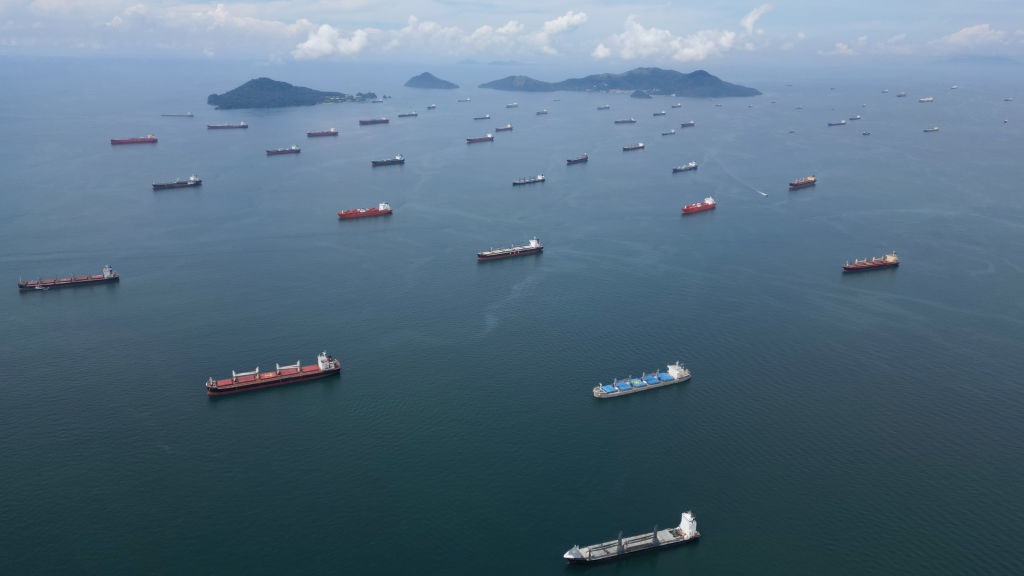
Panama Canal congestion due to drought (Mauricio Valenzuela/Getty Images)
Mauricio Valenzuela/Getty Images
- Panama has plans for a “dry canal” to transport cargo between the Pacific and Atlantic oceans.
- The Panama Canal normally handles about 6% of the world's seaborne trade, but that number has been limited in light of climate change and drought caused by El Niño.
- The dry canal will utilize existing roads, railways, port facilities, airports and duty-free zones.
- For climate change news and analysis, visit: News24 The future of climate.
Panama on Wednesday announced plans for a “dry canal” to transport cargo between the Pacific and Atlantic Oceans, as water levels in the century-old sea route recede.
The Panama Canal normally carries about 6% of the world's seaborne trade, but climate change and El Niño-induced droughts have forced authorities to limit the number of ships that can pass through it.
The combined dry water canal project will utilize existing roads, railways, port facilities, airports and duty-free zones in the new “Special Customs Jurisdiction,” said Rodolfo Samuda, director of logistics at the Presidential Ministry.
In his presentation of the project, he said no investment would be required as it would utilize existing infrastructure.
A decree simplifying the procedure for transporting cargo by land across the Isthmus has already been declared by President Laurentino Cortizo.
Guillermo Salazar, director of the country's National Institute for Development Planning, said the project aims to “complement the Panama Canal” and solve problems faced by users.
27 ships now sail through the Panama Canal every day, up from 39 previously.
Read | SA's food supply remains at 'comfortable level', government says as region battles El Nino
Unlike the Suez Canal, this canal uses fresh water supplied by previously abundant tropical rains stored in two artificial lakes, which are also an important source of drinking water.
The canal is primarily used by customers from the United States, China, Japan, and South Korea, and is equipped with a system of locks to raise and lower ships.
Every time a ship passes, 200 million liters of fresh water is released into the ocean.
Due to capacity limitations, there were days when more than 100 ships waited to enter the 80-kilometre-long waterway, which opened in 1914, resulting in maritime traffic jams.
To avoid delays, some ships paid up to $4 million for a spot in the auction, in addition to normal tolls.
Some of Panama's neighbors see the problem as a potential economic opportunity.
In December, Mexico announced an interoceanic railway, touted as an alternative to the canal.
In February, Honduras proposed an ambitious project for a freight rail link between the Pacific and Atlantic Oceans, but it currently lacks funding for construction.

